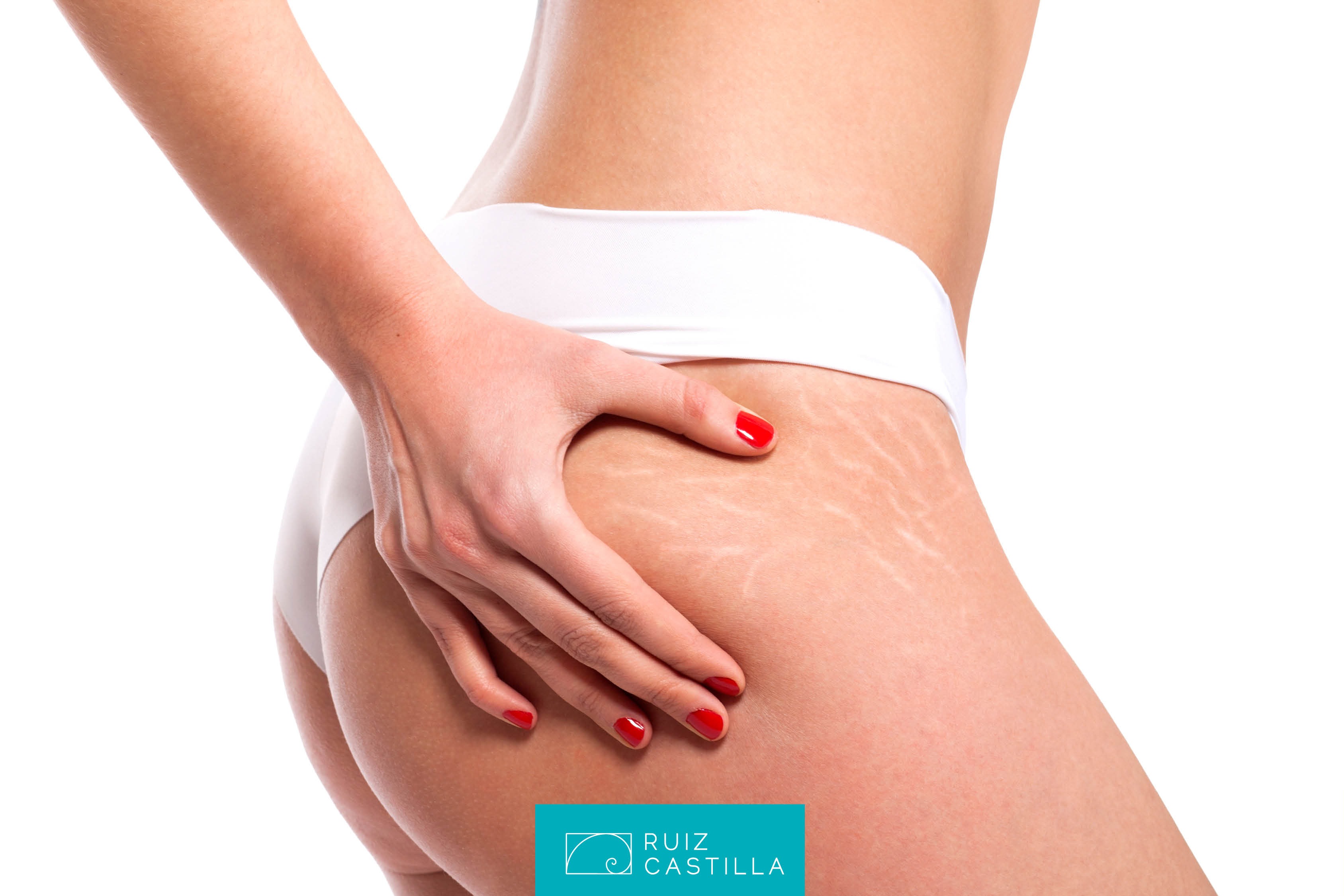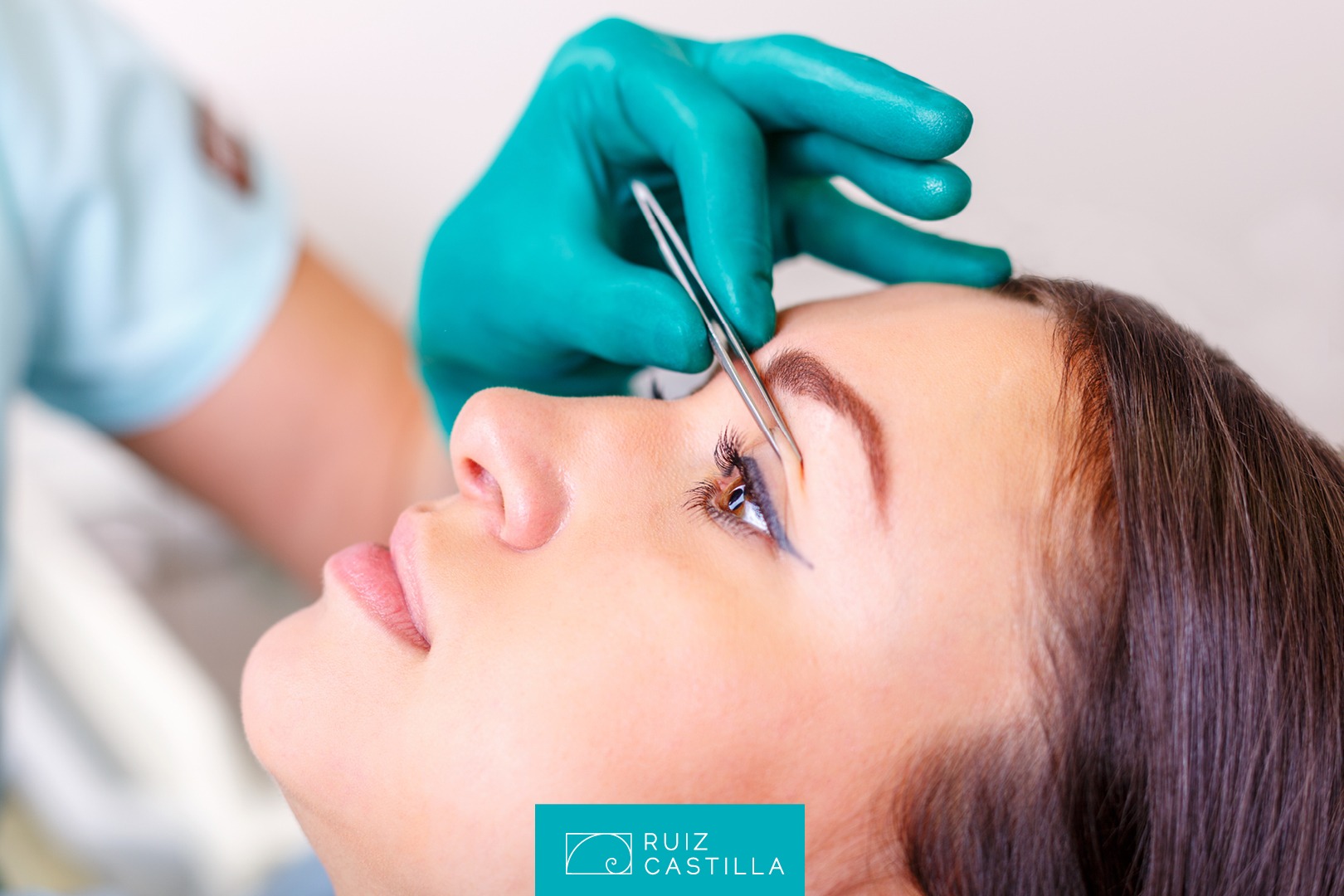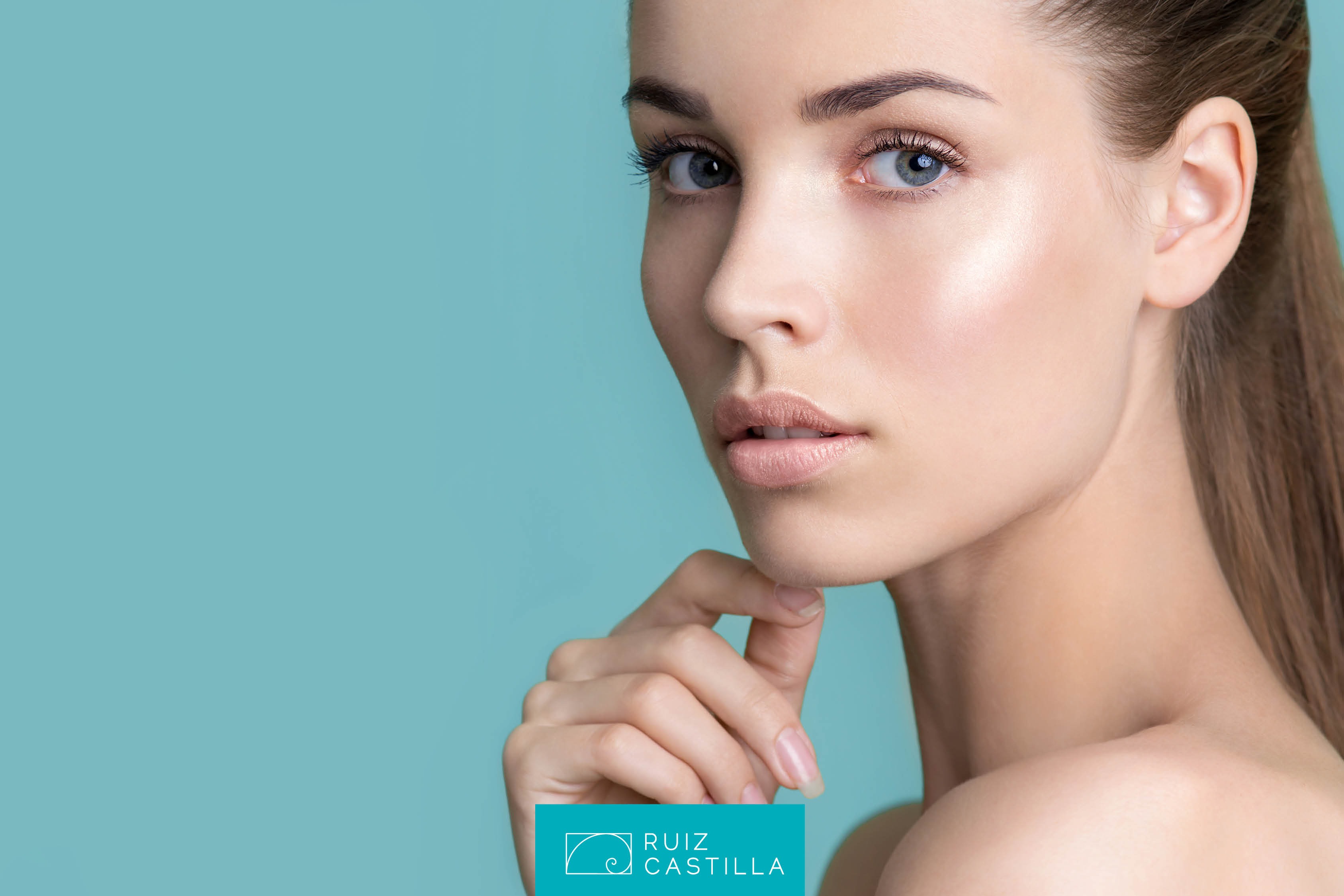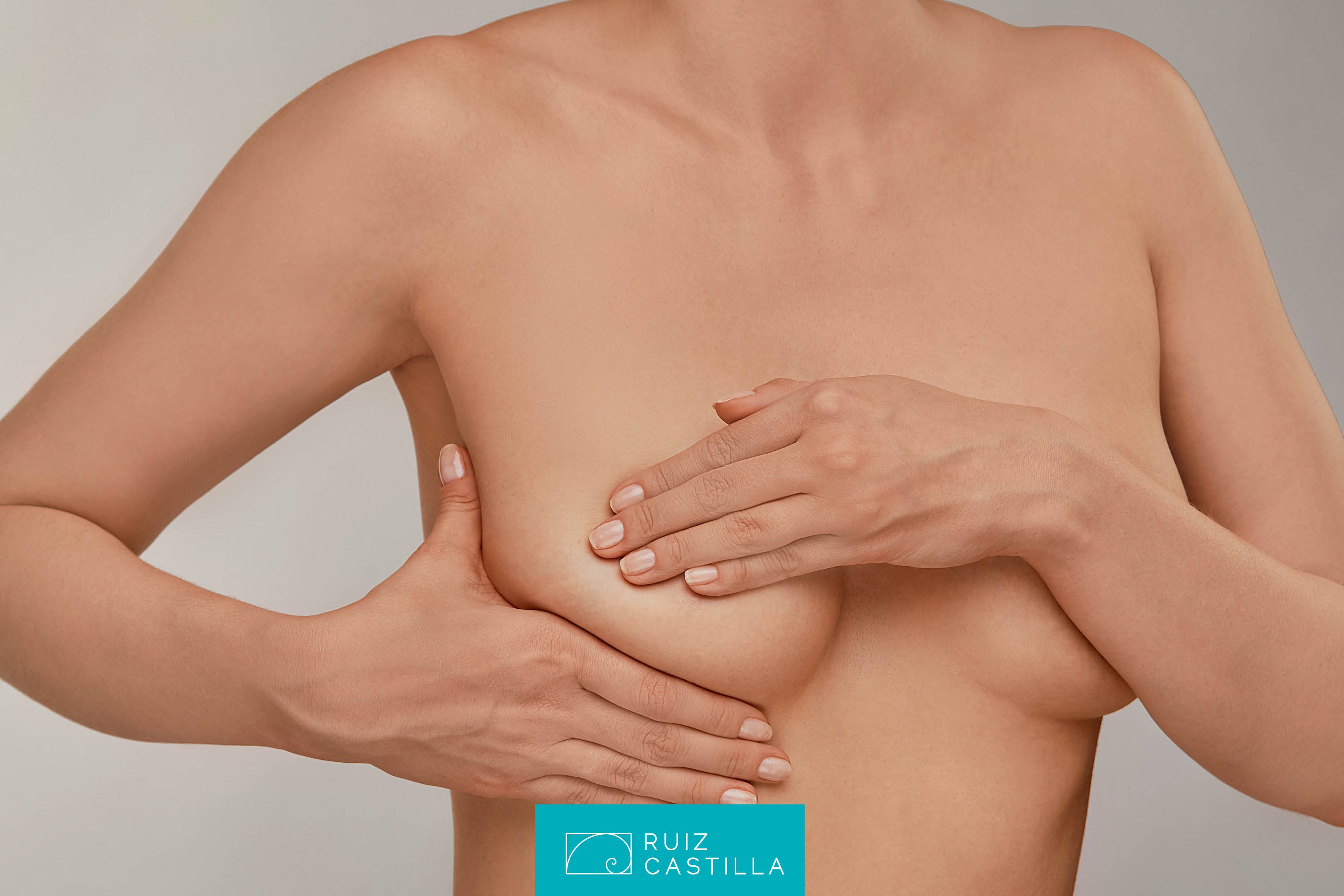Stretch marks are caused by an excessive, rapid distension of the skin, which causes the deeper layer, or dermis, to atrophy or to rupture. They are usually located in the breasts, abdomen, hips or thighs.
Stretch marks are divided into two types, depending on the moment they appear:
- Acute, the marks appear as red/violet lesions (striae rubrae) that are symptomatic and may multiply.
- Chronic(striae albae): the marks are hypopigmented dermal depressions.
Stretch marks often have a significant impact on patients’ body image, and their treatment has become a challenge for doctors and plastic surgeons. Most existing treatments for stretch marks are based on attempts to thicken the deep layer of the skin that has broken or suffered sudden thinning. There are several different types of treatment, though none of them are very effective when used in isolation:
Topical treatments:
- Retinoic acid, which thickens the dermis by enhancing the production of collagen in the skin. It should only be used in combination, since it performs poorly when used alone.
- Hyaluronic acid, which increases collagen production. Improvements in skin with stretch marks have been reported after its use.
Chemical exfoliation treatments:
Chemical exfoliation treatments involve the use of trichloroacetic acid or glycolic acid. These agents induce an initial inflammatory response, causing the groove width of the stretch marks to decrease. The results achieved can improve when combined with other treatments such as laser, percutaneous collagen induction therapy, or dermal biostimulation.
Radio frequency. Radio frequency devices supply current to the skin, which is converted into heat in the dermis as a result of its electrical resistance. Once the collagen is denatured by the heat, the production of this protein begins to increase.
Fractional lasers. Fractional lasers emit microscopic rays of monochromatic and coherent light energy to the skin, creating areas of thermal damage called microthermal zones. This process increases the production of dermal collagen and elastin. The lasers also reduce the microvascularization and correct the initial pigmentary alteration.
After our experience with these methods, which techniques do we value the most?
For over two years now, we have been treating stretch marks with ResurFX®,a non-ablative fractional laser. NWe favour this method because it doesn’t damage the skin and because patients don’t need to take any special precautions between sessions, except for avoiding exposure to the sun and applying moisturizer. The difference in patient comfort compared with ablative laser treatment is enormous, since there is no oozing or pus and patients can resume their everyday lives immediately after the treatment. This treatment doesn’t eliminate the marks completely, but it reduces acute stretch marks by more than half.
¿What areas are we working on at the moment?
To improve our results, we have created a series of therapies for use in combination with non-ablative lasers.
Depending on the type of stretch marks and the state of the patient’s skin, a range of techniques can be applied to complement the action of the laser.
Non-ablative fractional laser adjuvant techniques (ResurFX®):
Dermal biostimulation. Dermal biostimulation is performed using organic silicon and autologous growth factors:
- Organic Silicon: Silicon is important for the formation of the new synthetic collagen. It provides a higher quality structure for the collagen and is introduced into the skin by intradermal microinjections.
- Platelet Rich Plasma (PRP) or Growth Factor Regenerative Therapy: PRP is a concentrated solution of autologous platelets containing growth factors which are applied in microinjections
- Percutaneous collagen induction therapy:Percutaneous induction therapy with collagen, or microneedle therapy, involves the creation of micro-wounds that extend to the papillary dermis, thus increasing the production of collagen and elastin. This improves skin texture and the tensor effect after treatment.
Carboxytherapy. In this treatment, a gas (carbon dioxide) is injected into the subcutaneous tissue. The introduction of the gas increases blood circulation in the area and thus enhances tissue oxygenation. This technique also improves the production and reorganization of collagen. In addition, the physical effect of debridement created in areas with the most adherence improves the appearance of atrophic and deep scars and stretch marks.





